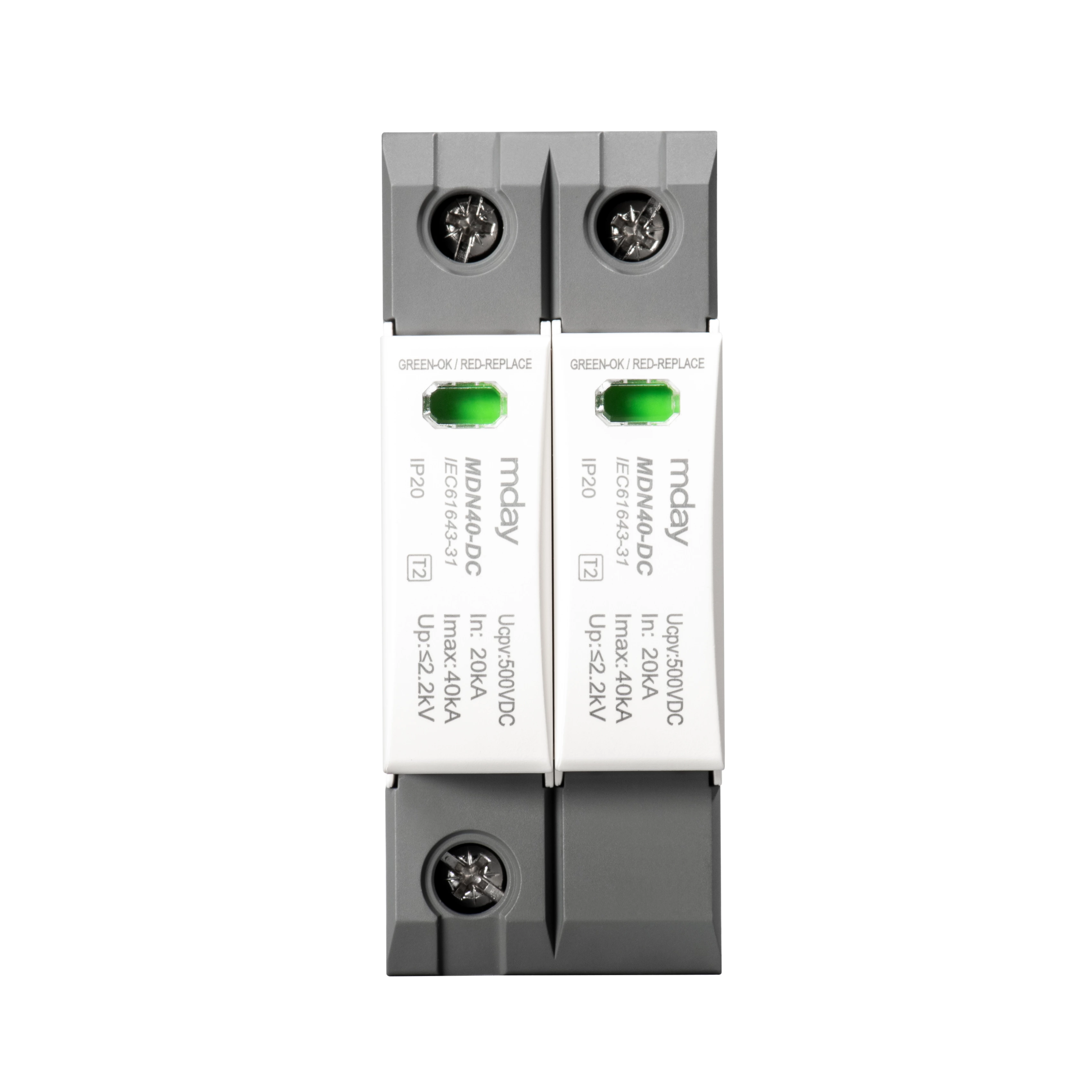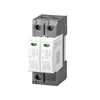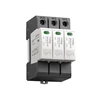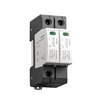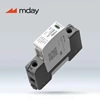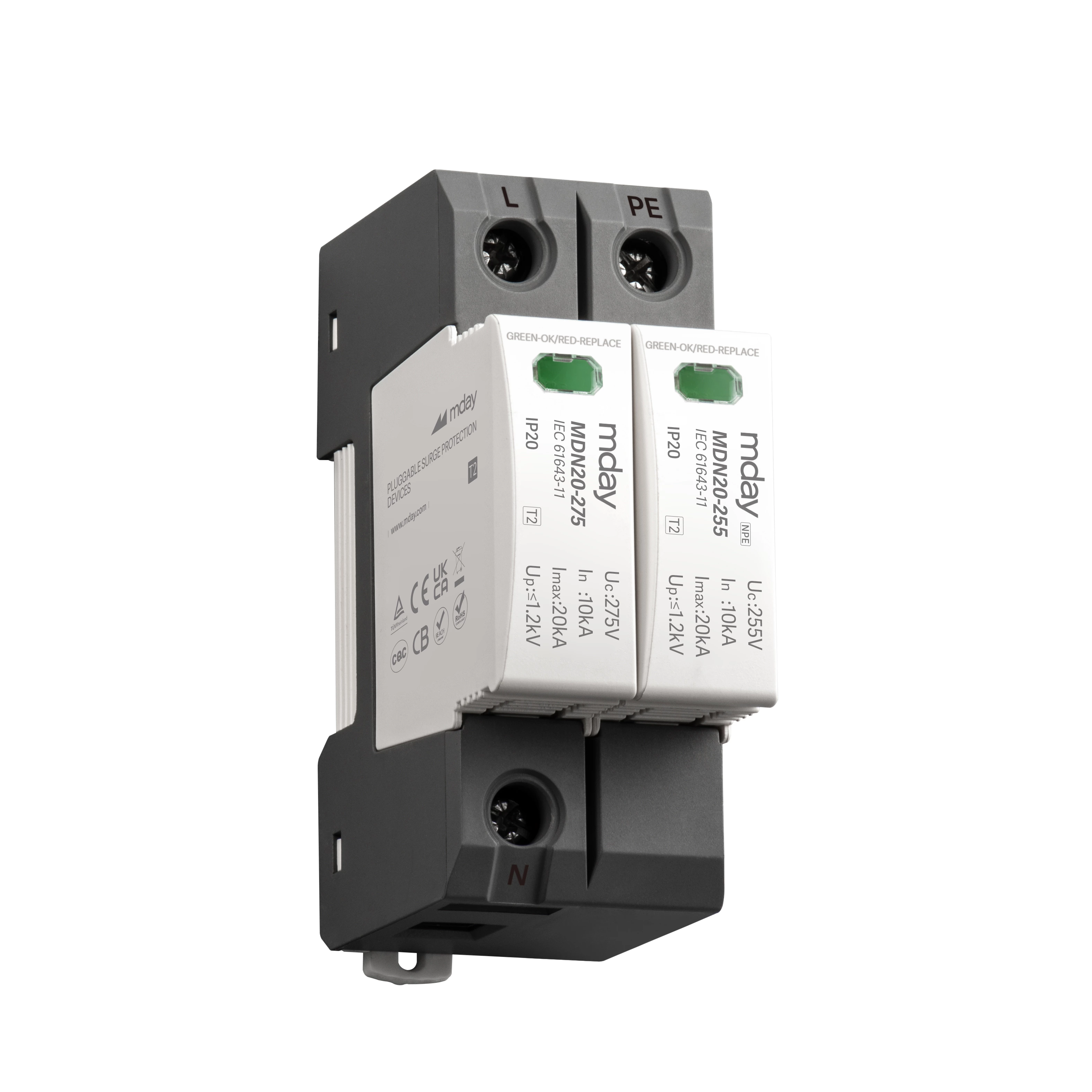Multi-level Surge Protection In Low Voltage Systems
According to the IEC 61643 product standard, multi-level surge protection in low-voltage systems can be divided into different types according to the different application scenarios of surge protection device, such as low-voltage systems, signal networks, and photovoltaic devices. Different application areas have different usage conditions, and accordingly, the lightning protection solutions or procedures may vary greatly, so it is worth studying these application methods in detail.
According to the lightning protection zoning concept, all cross-regional lines need to provide coordinated surge protective device.
Multi-level surge protection in low-voltage systems requires different types according to the transition of lightning protection zones). The product standard IEC 61643-11 [6] for surge protection devices defines the requirements for various SPD types, from which the concept of multi-level protection can be derived.
Multi-level surge protection in low-voltage systems. The multi-level function limits the lightning protection level between zones. The expected amplitude and specific energy of the surge voltage or surge current gradually decreases, and the voltage value to which each SPD must limit the surge voltage also decreases. This is achieved through the corresponding low voltage protection levels: their upper limit is based on the voltage tolerance value of the nearby equipment to be protected.
Multi-level surge protection in low-voltage systems, according to the lightning protection zoning concept, type 1 surge protection devices must meet the highest requirements in terms of amplitude and specific energy of surge voltage or surge current, because they should protect against direct lightning strikes. In the typical installation environment of the main power distribution, the requirements for short-circuit withstand capability are often very high, and in order to be able to meet these requirements, powerful technologies such as spark gap technology are required.
Multi-level surge protection in low-voltage systems, type 2 surge protection devices are usually installed in sub-distribution or machine control cabinets. These SPDs must be able to discharge induced surge voltages caused by indirect lightning strikes or switching operations, but cannot handle direct lightning strikes. As a result, the energy input is significantly reduced. In any case, the induced surge voltage caused by switching operations is usually very dynamic. Here, discharge technology with fast response behavior stands the test, such as varistor technology.
Multi-level surge protection in low-voltage systems, type 3 surge protectors are generally installed right in front of the protected terminal equipment. Due to different installation environments, the design range of type 3 SPDs is very wide. For example: In addition to the standard DIN rail mounting, there are devices for mounting in a socket or directly on the PCB of the terminal device.
Multi-level surge protection in low-voltage systems, the lightning protection zone concept provides coordinated surge protection devices for all lines across zones, which protect all corresponding (supply) lines against surges.
